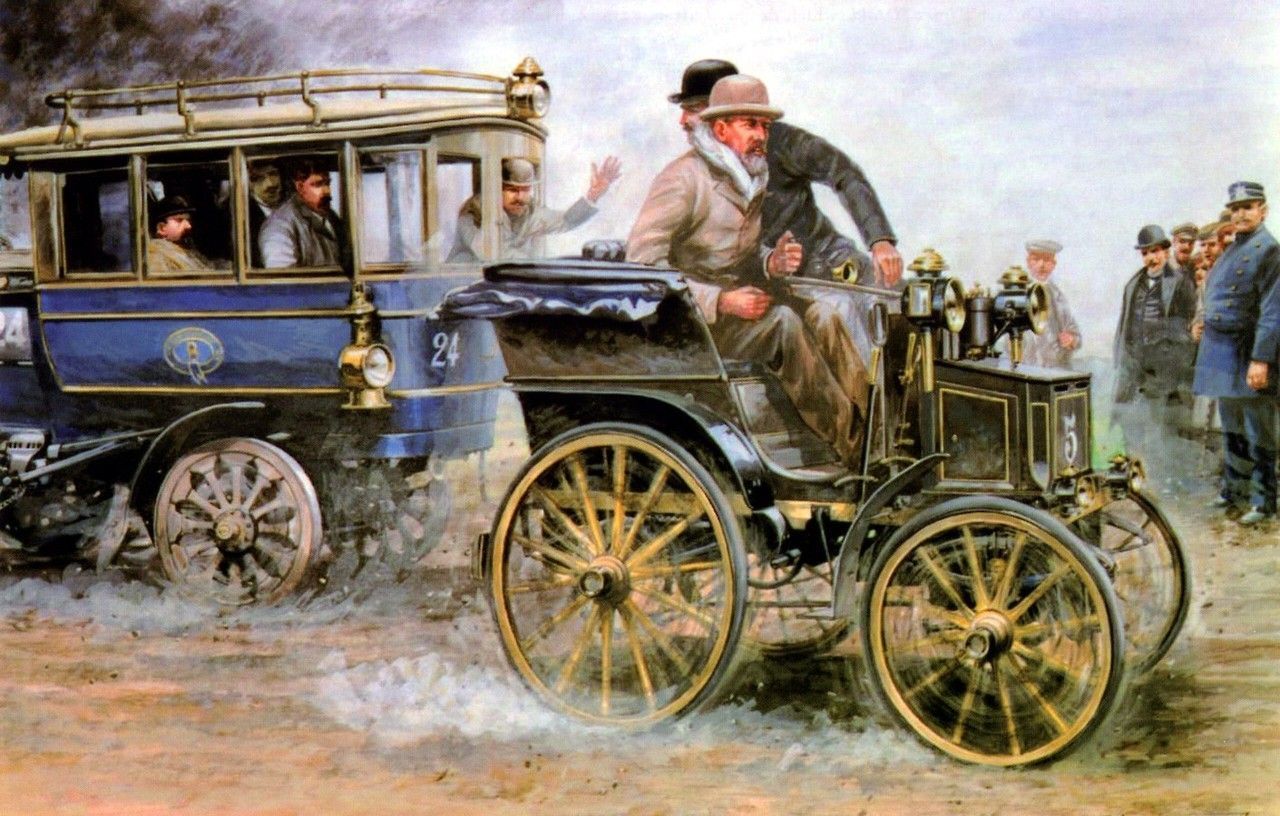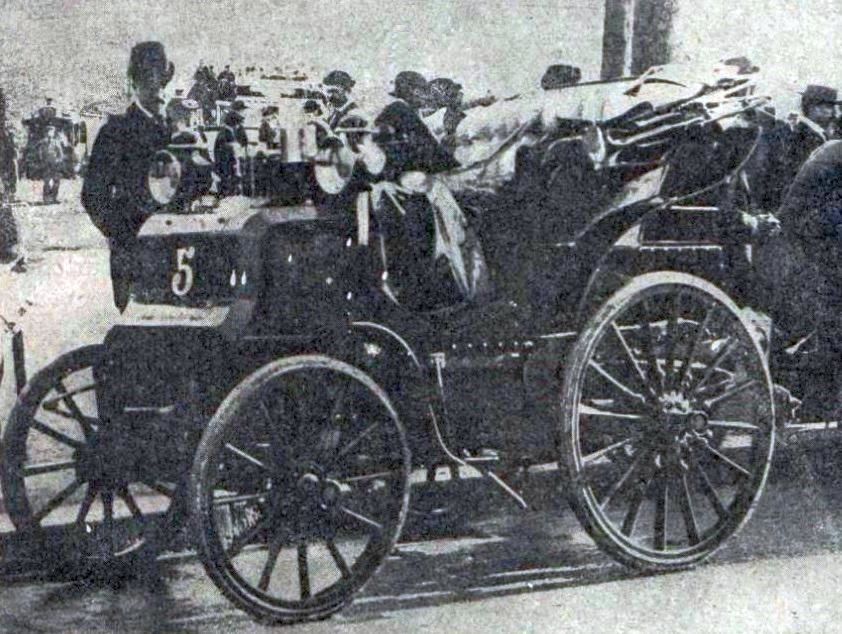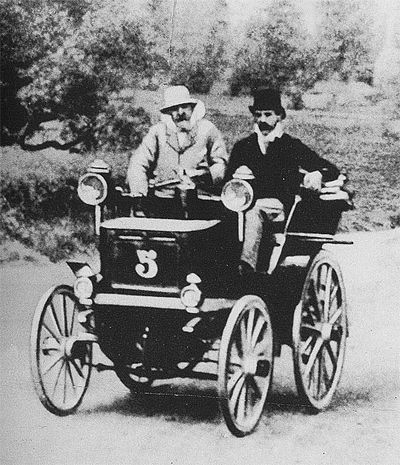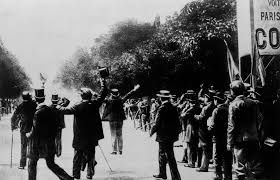For any automotive fan, motorsport is probably our go-to choice when it comes to live sport. It is only natural as car lovers that we gravitate towards the sport that features said cars. And there are so many categories of racing to watch. There is of course Formula 1, the pinnacle of motorsport. We have NASCAR, providing the best stock car racing in the world. There is also IndyCar, Formula E and for bike fans of course there is MotoGP, to name just a few of the categories we can all indulge in. Plus, there are marquee events now too, such as the fabled triple crown of motorsport.
The origins of motorsport however are quite interesting. Because the race that many consider being the very first motor race in the world was quite a bit different from the automotive contests that we have come to know and love to this day. This race has become known as the Paris-Bordeaux-Paris race of 1895, perhaps one of the most interesting motor races in history. The race was over a staggering distance of 732 miles, making it one of the longest motor races in history, but it did lay the foundations for what we know as motorsport to this very day.
What The Race Involved
What we view as motor racing in 2021 is very different from how motor racing was viewed in 1895. The idea of a permanent, or even street track, was still unheard of as the 19th century drew to a close so the 1895 Paris-Bordeaux-Paris race was very much a road race in every sense of the phrase. Why it is called the first motor race is more due to it being the first race to take place with motorcars, rather than it being a wheel-to-wheel barnstormer. That is the crucial difference between this race and today’s races.
In 1894, the Paris-Rouen had been run but as a contest, not a race. The fastest finisher had also been a steam-powered vehicle which made it ineligible for the prize. The 1895 event was organized by the Comte Albert de Dion, who set out the format for a road race from Paris to Bordeaux and then back to Paris again. It would be a race of who could get there and back first, as opposed to who was back the quickest and the rules stipulate that the cars must be seating more than two passengers to be eligible for the contest and the overall victory. Driver changes would be allowed, and you could only repair the car with what you carried in it.
The First-Ever Race Itself
One interesting thing to note is that no big manufacturers of the time were allowed to take part in the race, something that is often a far cry from how motorsport is run today. The organizers did not want them to swamp the smaller entrants to the race. In total, 23 cars took part in the contest. This included a steamer from de Dion-Bouton, Serpollet, and Bollees and petrol cars came from Benz, the modern Mercedes-Benz, French manufacturer Peugeot and Panhard et Levassor. Even an electric car took part in the race, coming from carriage maker Jeantaud, perhaps marking the first time an electric car had taken part in a motor racing event. Something else to remember about the event is that cars back in the late 19th century will have been a lot slower than cars we have today, and roads will have been in their infancy. The top speed of the cars will no doubt have been only 30 mph at best and the roads mostly bumpy and uncomfortable, so all of these factors have to be considered when thinking about the race. In the end, the race was won by Emile Levassor who completed the 1,178 km run in 48 hours. But, there was a crucial caveat.
Ineligible For The Victory
You might remember that we mentioned earlier that the winner must have a car capable of seating more than two passengers. However, the problem for Levassor was that he only had a two-passenger vehicle. And as we stated above, those competing in the race must have a four-passenger vehicle to be eligible for the victory at the end of the race. For whatever reason, Levassor decided to enter his two-passenger vehicle anyway, probably knowing he would not be eligible at the end for the victory.
This meant that the official winner of the first-ever motor race was Paul Koechlin, who actually arrived third at the line in his Peugeot and some 11 hours behind the first car of Levassor. The crowds though didn’t seem to care about this and nor did those keen to preserve the legacy of the event, as a statue erected afterward at Porte Maillot was created in Levassor's honor, and the crowds at the time received him as the winner in their eyes.
The Legacy Of The Race
It is probably fair to say that this race is one of the most significant motor racing events to have taken place in the history of motorsport. As cars became more popular and the idea caught on, races became more and more frequent, and the first race to bear the Grand Prix moniker was in 1906 at Le Mans, organized by the Automobile Club de France, or the ACF. The first-ever Formula 1 Grand Prix was held in 1950, a championship that has given us legendary names such as Jim Clark and Ayrton Senna, and now motorsport is one of the premier sports throughout the world, watched by millions in multiple different categories.
The cars of course have come a long way from the days of 1895, and provide some of the best sporting action available anywhere in the world. For that, we have the 1895 Paris-Bordeaux-Paris event, a mammoth race for all involved, to thank for today's motorsport. Sources: Wikipedia, Twitter, Grand Prix History





